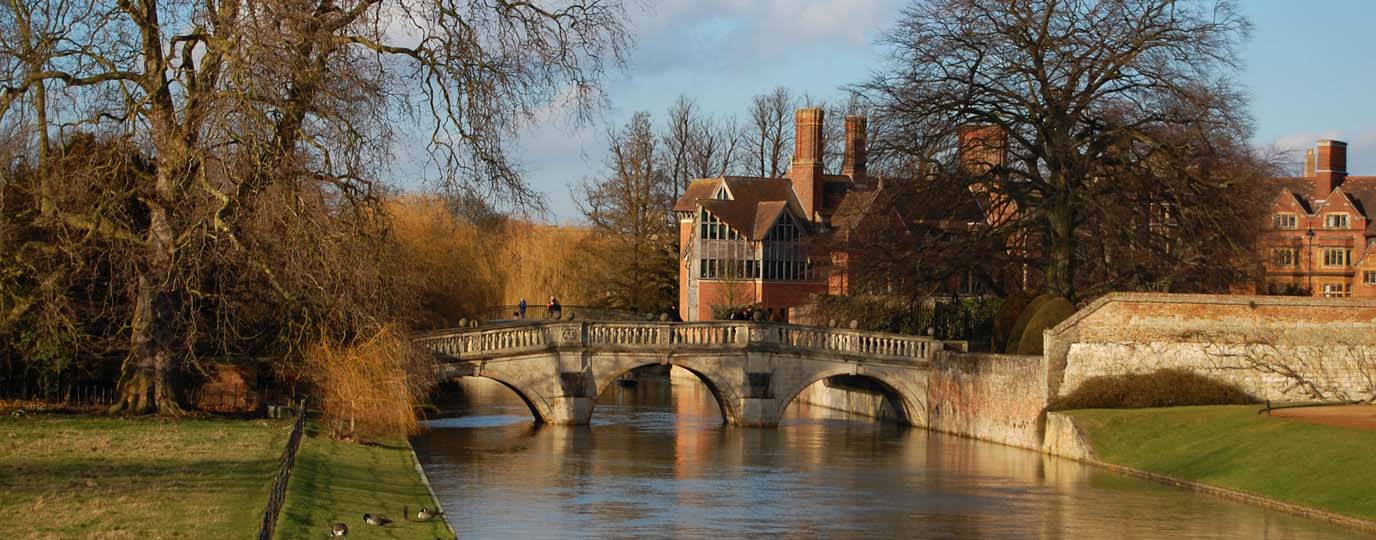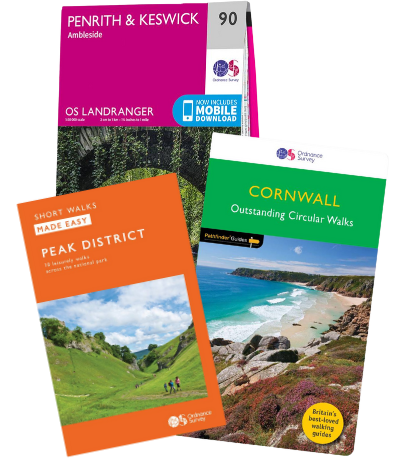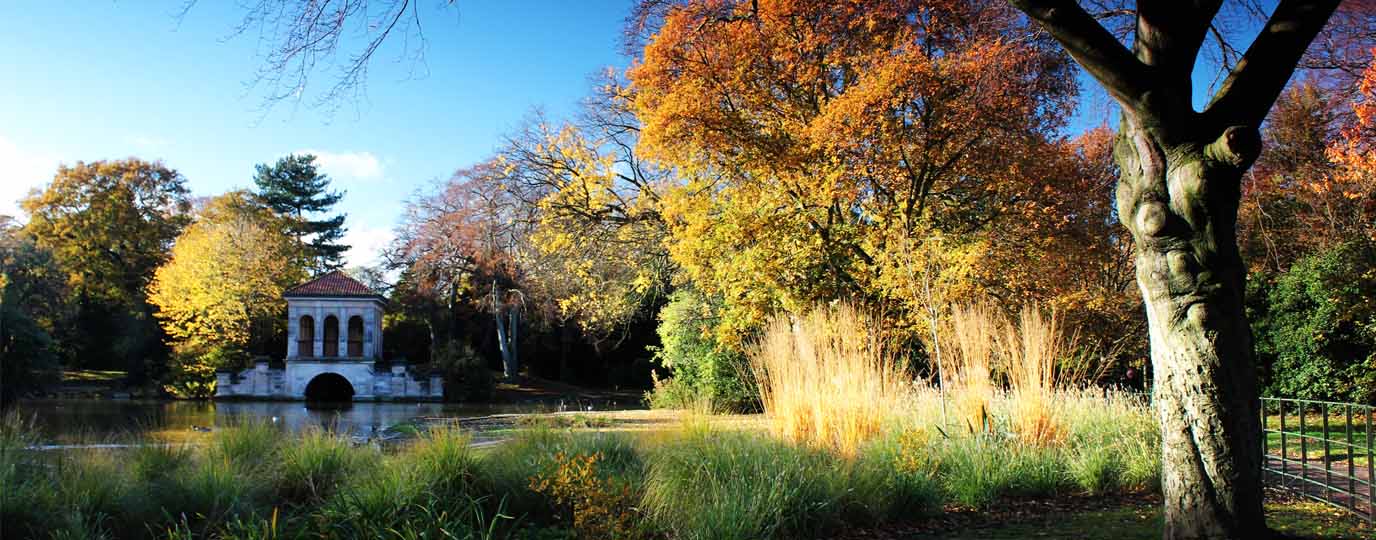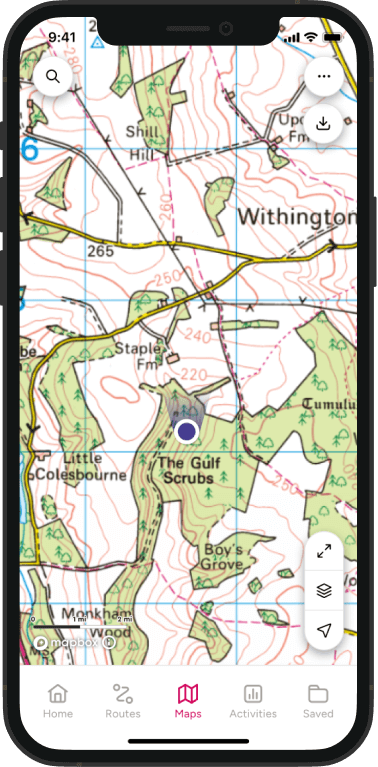Discover Oxford’s Green Spaces
Oxford is home to a surprising variety of green spaces, nature reserves, and walking routes. Some are tucked within the city itself, while others are just outside its edges. From tranquil meadows and riverside parks to reservoirs and ancient woodlands, there’s a walk to suit every pace and interest.
Whether you’re looking for a quick lunchtime stroll or a full-day nature escape, the city offers a rich mix of landscapes to explore on foot. For those willing to venture a little further, Oxford is perfectly positioned between two National Landscapes: the Chilterns to the east and the Cotswolds to the west.
So whether you’re following a canal towpath, wandering through wildflower meadows, or birdwatching in a wetland reserve, Oxford’s outdoor spaces invite you to slow down and connect with nature.
If you’re unable to visit Oxford, for similar walking inspiration in and around other city centres, take a look at other locations in our city walks series. Below are a few of the cities included in our series:
Where are the best city walks in Oxford?
Port Meadow
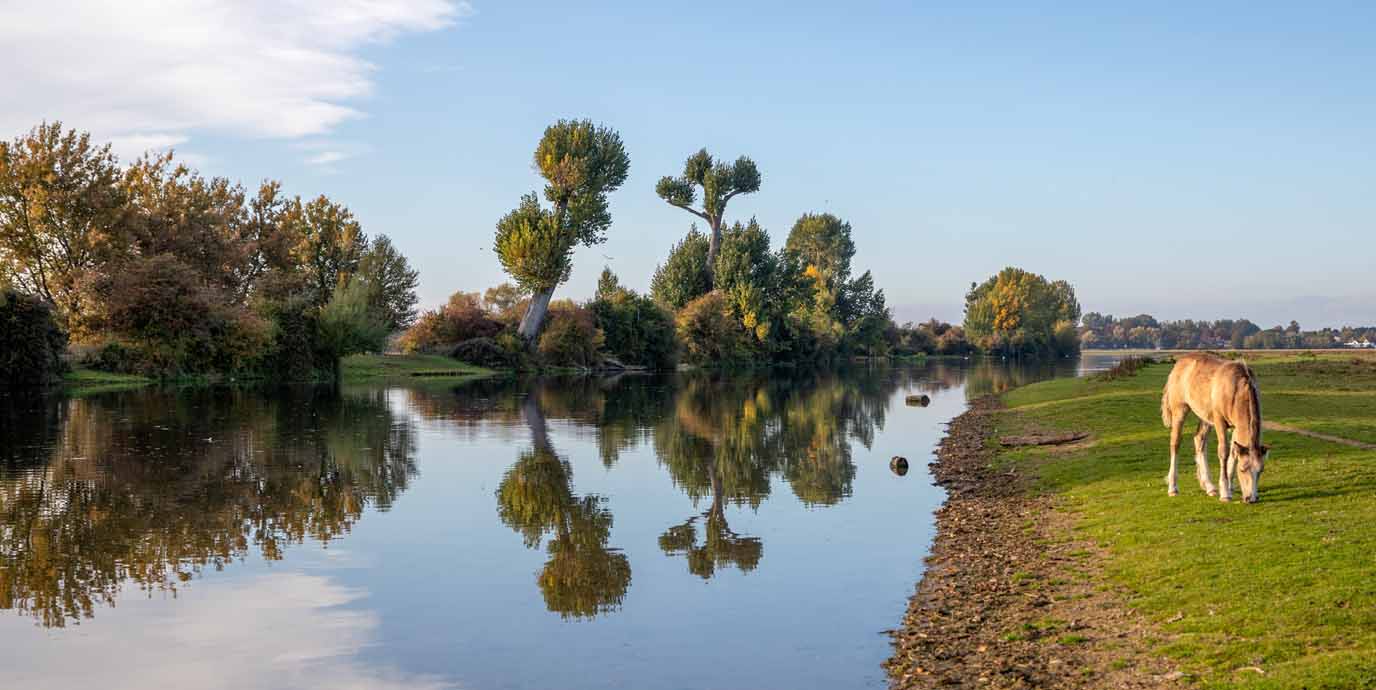
Nearest bus stop: Elmthorpe Road (North), St Margarets Road West (East), Osney Island (South)
One of the largest open spaces in north Oxford, Port Meadow offers a place to pause and admire ecological significance.
The River Thames meanders through its flood plains, creating a dynamic landscape that supports a rich variety of wildlife and seasonal activities. This ancient grazing land has never been ploughed, preserving its natural character and archaeological features, including several Bronze Age round barrows and remnants of a medieval monastic foundation. Its ecological value is recognised through its designation as a Site of Special Scientific Interest.
Outdoor enthusiasts can enjoy a range of activities here. Walking trails crisscross the meadow, offering scenic views and encounters with freely grazing horses, cattle, and geese. The south end of the meadow is home to Fiddler’s Island. In warmer months, wild swimming in the Thames is a popular way to cool off, while in winter, if the meadow floods and freezes, it becomes a relatively safe and magical place for ice skating.
Port Meadow is a living example of how nature can coexist within Oxford’s urban fabric, making it a must-visit for those seeking a breath of fresh air.
Follow a gentle circular walking route around the meadow, following a section of the Thames Path.
Farmoor Reservoir
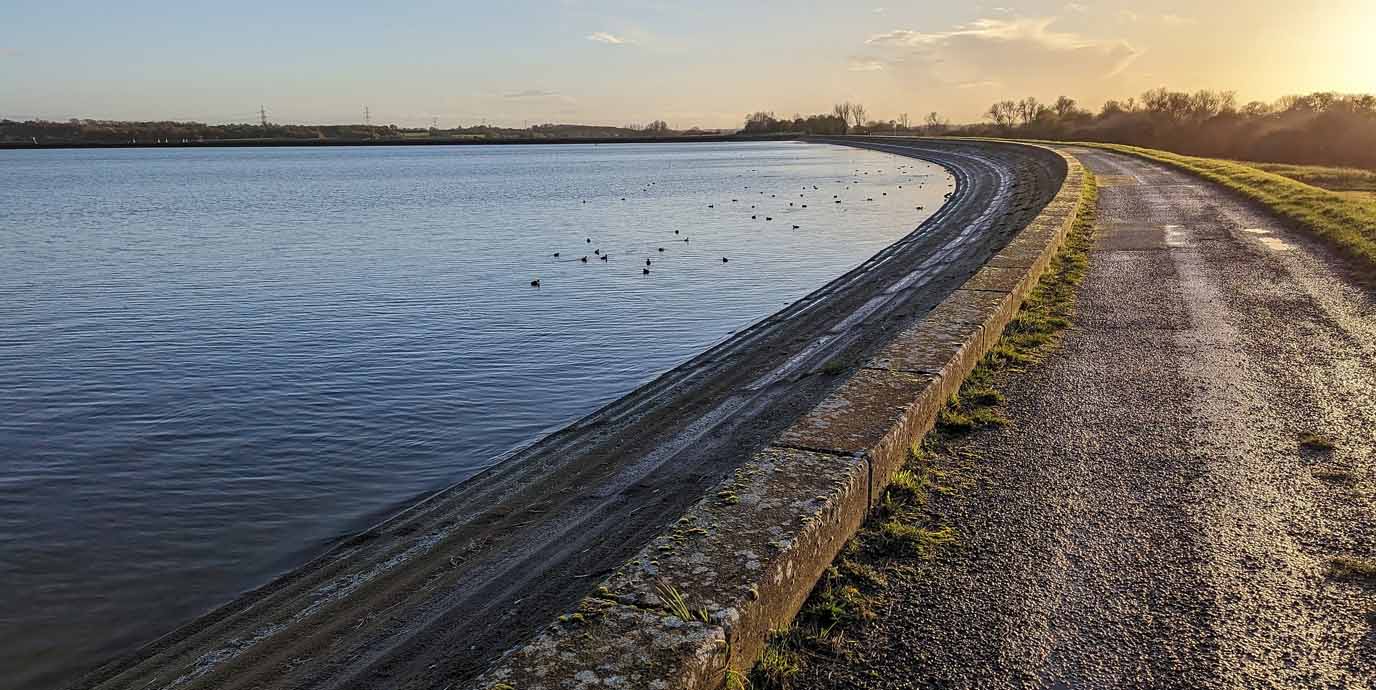
Nearest bus stop: Oxford Road
Located just west of Oxford, the public supply reservoir, Farmoor Reservoir, is a popular destination for outdoor enthusiasts and nature lovers.
Originally constructed to meet the region’s water needs, it has evolved into a vibrant recreational space. The reservoir is especially well-known for watersports, with windsurfing and paddle boarding drawing visitors throughout the warmer months. Its expansive open water and surrounding habitats also make it a haven for birdwatchers. Ospreys are occasionally spotted from the bird hides in April, and the site attracts migrating and wintering birds in autumn due to its ideal location.
A four-mile circular walk around Oxford’s reservoir offers a varied and scenic experience. You can enjoy views across the water, stroll through woodland paths, and explore riverside meadows and adjacent nature reserves. The route is well-suited for casual walkers and wildlife watchers alike, providing opportunities to observe both aquatic and terrestrial species in a peaceful setting.
Take a stroll around Faramoor Reservoir and follow a small, winding section of the Thames Path .
The River Thames & the Thames Path
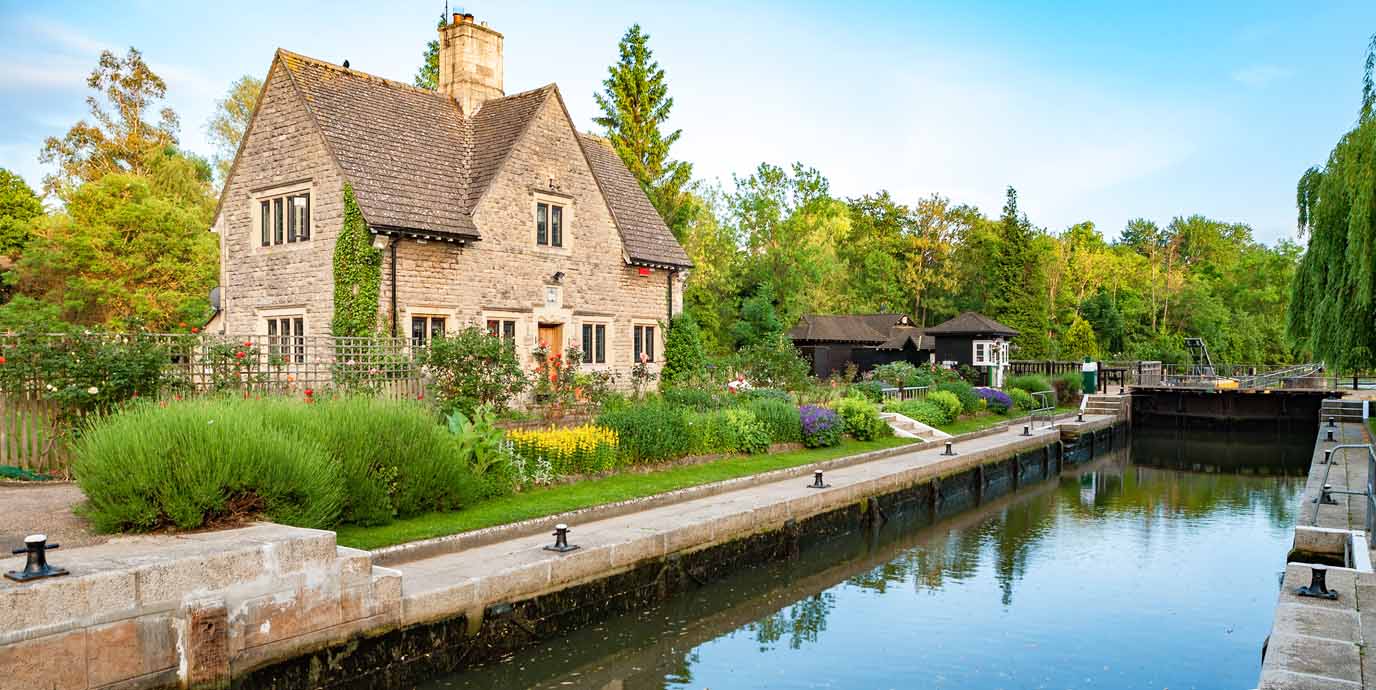
Nearest bus stop: Home Close (North), Donnington Bridge (South)
Stretching 185.2 miles (298 km) from its source in the Cotswolds to the heart of London, the Thames Path passes directly through Oxford. It offers one of the most scenic and accessible ways to walk through nature in the city.
The route is well-marked and easy to follow, with traffic-free sections ideal for walking and cycling. In Oxford, the path winds along the river beautifully, providing tranquil views and access to green spaces that feel far removed from the bustle of city life.
Several nature reserves lie along the Oxford stretch of the trail, including Grandpont Nature Reserve and Longbridges Nature Reserve, both of which support diverse habitats and wildlife.
If you fancy a challenge, take a look at the full route of the Thames Path in OS Maps. If not, you could always take a smaller section from the route as it passes through Oxford and opt for a more leisurely walk along the river .
The River Cherwell
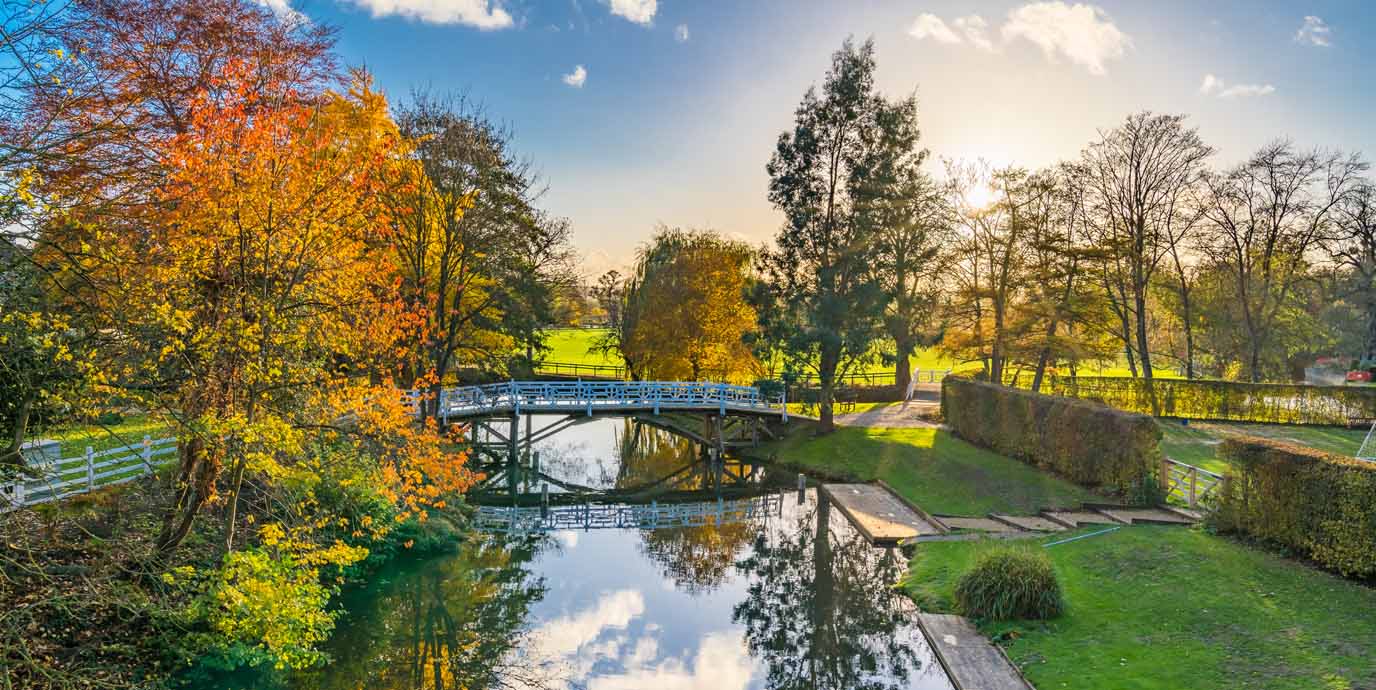
Nearest bus stop: St Cross Road (North/Central), Newton Road (South)
Flowing gently through Oxford, the River Cherwell, a tributary of the Thames, adds a serene and scenic dimension to the city’s natural landscape.
It meets the Thames near Christ Church Meadow, and its course is flanked by the Oxford University Parks, making it a popular route for walkers seeking a peaceful escape within the city. The riverside paths offer shaded woodland stretches and open views, ideal for spotting wildlife or enjoying a quiet moment by the water.
For those looking to experience the river in a more immersive way, punting along the Cherwell is a quintessential Oxford activity. The slow-moving waters are perfect for a leisurely glide, offering a different perspective of the city’s green spaces and historic architecture.
The river is thought to have inspired the Withywindle in J.R.R. Tolkien’s Lord of the Rings, adding a literary element to its appeal.
For a stroll along Oxford’s section of the River Cherwell as it flows through the city, take a look at a gentle walking route.
Christ Church Meadow
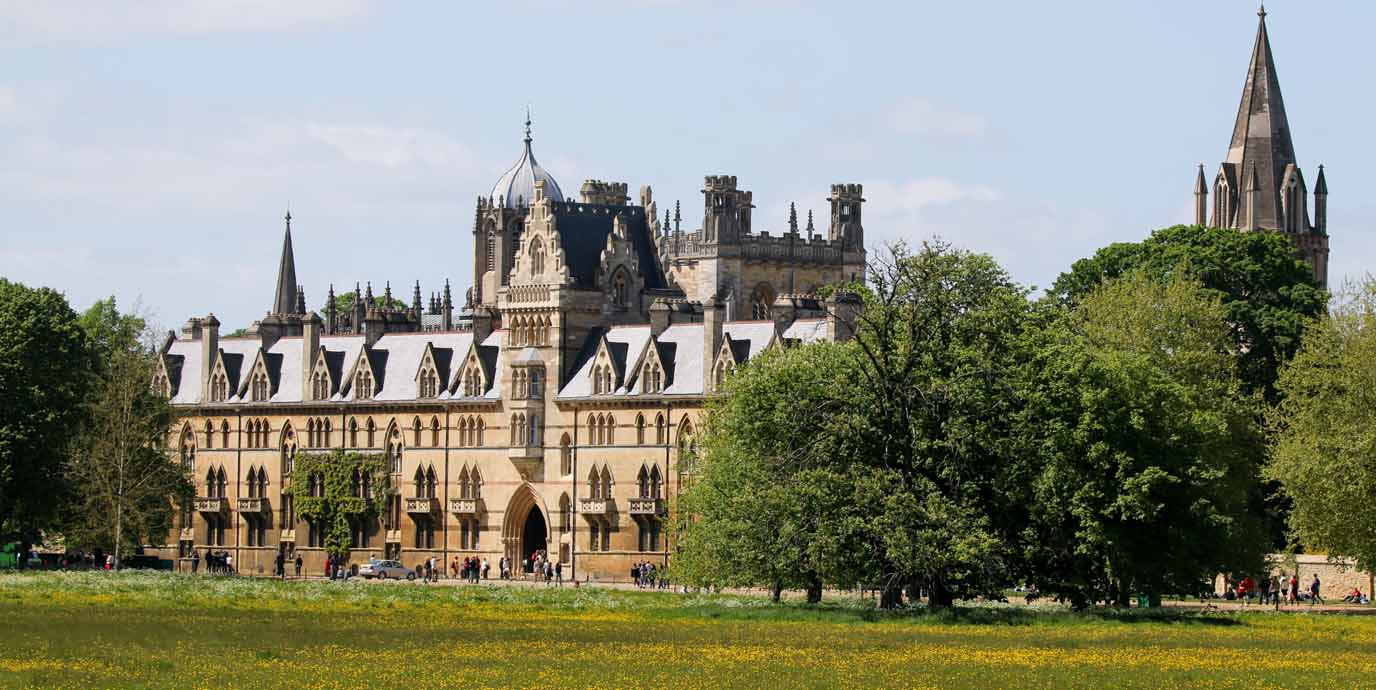
Nearest bus stop: Police Station (Stop P1)
Set within the heart of Oxford, the Christ Church Meadow offers a peaceful retreat for a walk surrounded by water and history.
Sat between the River Cherwell and the River Thames, it is owned and maintained by Christ Church College and open to the public during daylight hours. Well-maintained rustic paths crisscross the meadow, attracting walkers, joggers, and picnickers. Longhorn cattle graze freely across the grasslands, contributing to the meadow’s pastoral charm and ecological balance.
The site also holds historical significance as the location of the first balloon ascent by an Englishman, James Sadler, on 4 October 1784. Today, visitors can enjoy the same open skies and tranquil surroundings that once hosted this pioneering flight. The meadow’s proximity to Oxford’s colleges and rivers makes it a unique place to experience wildlife, heritage, and recreation.
Take a look at Christ Church Meadow and plan a route through Oxford for a leisurely, riverside walk.
The Oxford Canal
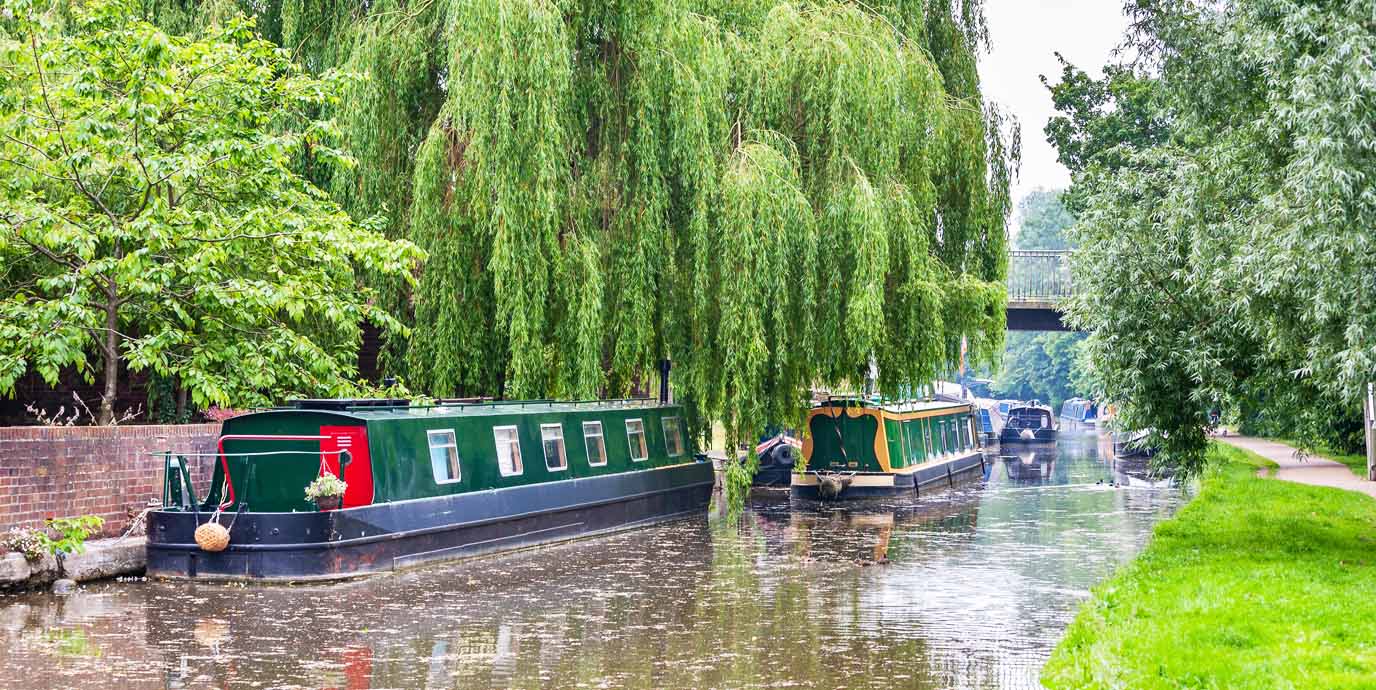
Nearest bus stop: Park End Street (Stop D1) (Hythe Bridge)
Beginning at Hythe Bridge near Oxford’s city centre, the historic 78-mile (126 km) narrowboat Oxford Canal links Oxford with Coventry and has been a vital waterway for over 200 years.
Originally dug by hand in the late 18th century, it played a key role in transporting coal and goods during the Industrial Revolution. Since 1797, Isis Lock has connected the canal to the River Thames, allowing boats to transition between the two waterways. Today, the canal is a peaceful corridor through the city, offering a unique way to walk through Oxford’s urban nature.
The towpath is popular with walkers, cyclists, and geocachers, providing a scenic and accessible route through the city and into the countryside. Along the way, visitors can explore the Trap Grounds Local Wildlife Site, a wetland reserve and one of the last remaining wild spaces beside the canal within Oxford. This area supports a rich diversity of flora and fauna and offers a tranquil spot for birdwatching and quiet reflection.
Follow a section of the Oxford Canal through the city and loop back around via a walk down the Thames Path around Port Meadow. The route was created with paddle boarding in mind, but can also be followed on foot. It traces parts of both the Oxford Canal Walk and the Thames Path.
Wytham Woods
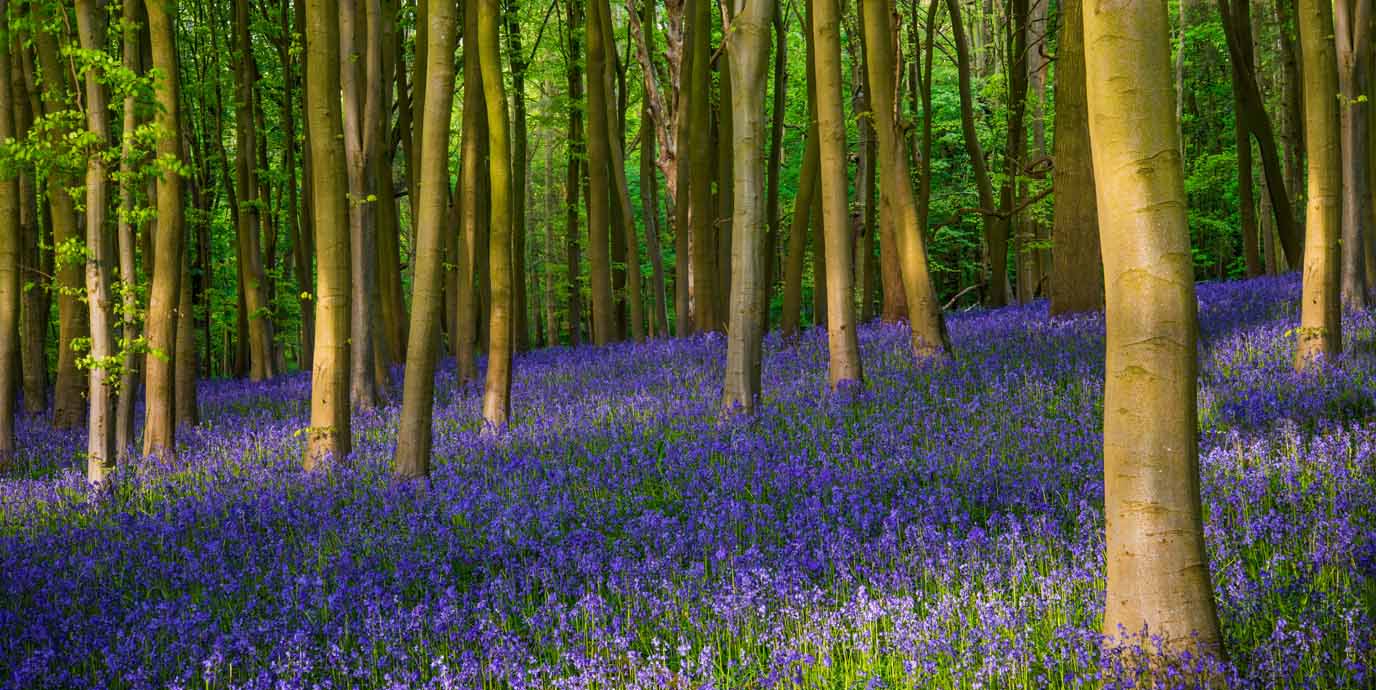
Nearest bus stop: Village Hall (Wytham)
Just northwest of Oxford, Wytham Woods is one of the most ecologically rich and scientifically significant natural areas in the UK.
It comprises ancient woodland, modern plantation, and limestone grassland. The wide range of habitats support over 500 species of plants and around 800 species of butterflies and moths. Designated as a Site of Special Scientific Interest, the area is maintained by the University of Oxford as a “living laboratory” and is widely regarded as the most studied woodland in the world. Ecological research has been ongoing here since 1940, with detailed bird records dating back to 1947, offering a wealth of information to complement any walk through the woods.
Outdoor activities here focus on walking and nature observation. You can explore over 20 miles (32 km)of well-marked trails, winding through through mixed woodland and hilly terrain and offering opportunities for wildlife watching, photography, and quiet reflection. Walkers will find the woods ideal, but the University of Oxford prohibit dogs and bicycles to protect the sensitive habitats
To access Wytham Woods, a free permit is required, valid for 12 months and easily obtained online.
For a walk around Wytham Woods, follow this circular rout that takes you around the extent of the woodland.
Shotover Country Park
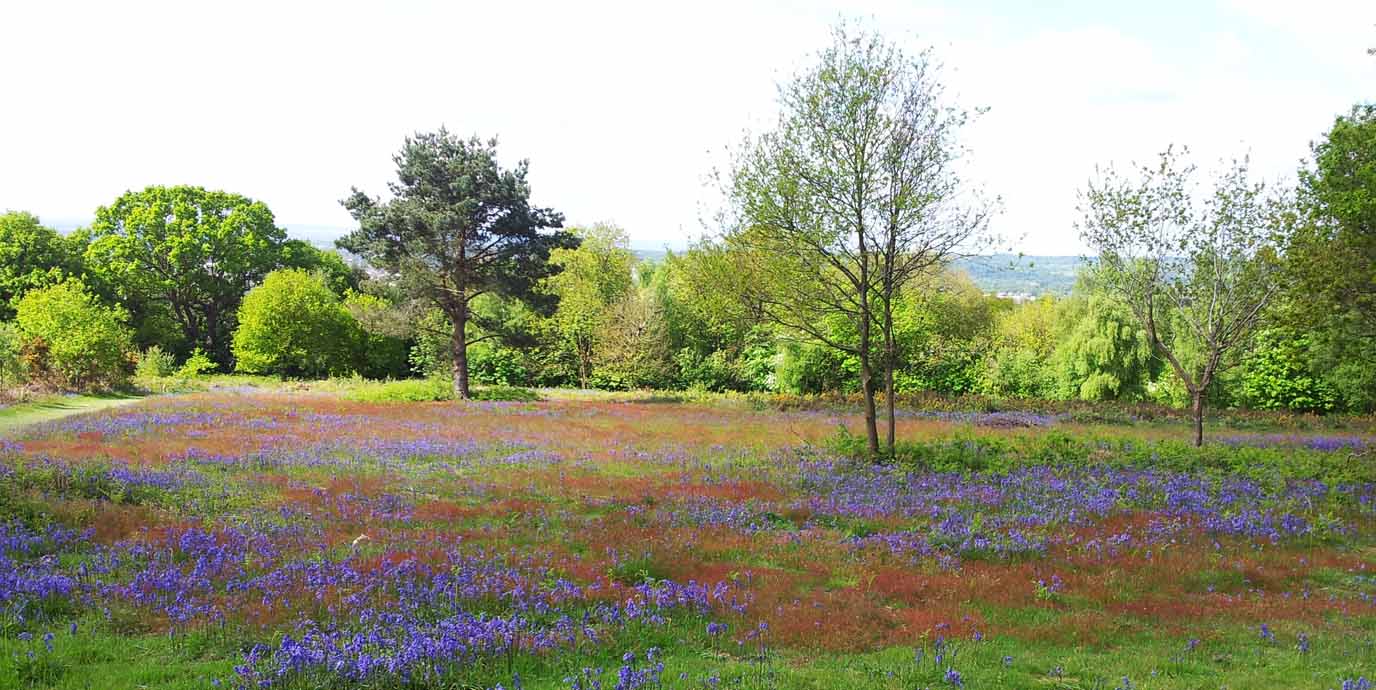
Nearest bus stop: Masons Road East (Lye Valley)
Just east of Oxford, Shotover Country Park offers a varied landscape of woodland, grassland, and open hilltop, making it one of the city’s most diverse natural spaces.
Much of the park is designated as a Site of Special Scientific Interest due to its rich biodiversity and ecological value. Shotover Hill, the park’s highest point, provides sweeping views over south Oxfordshire and is a popular spot for walkers, joggers, and horse riders. The area features three marked trails of varying length and difficulty, allowing visitors to explore its habitats at their own pace.
Historically, the land was once part of a Royal Forest, used by nobles for hunting, locals for grazing, and as a source of timber for Oxford’s construction. In the 17th century, the main road to London passed through the area, and it became notorious for highwaymen.
Today, Shotover Country Park is a peaceful retreat where visitors can enjoy nature, history, and outdoor activity in one place. Its blend of scenic countryside and historical depth makes it a rewarding destination for anyone seeking a walk through Oxford’s natural beauty.
To plan your next walk in Shootover Country Park, take a look at the park in OS Maps.
Oxford Botanic Garden & Harcourt Arboretum
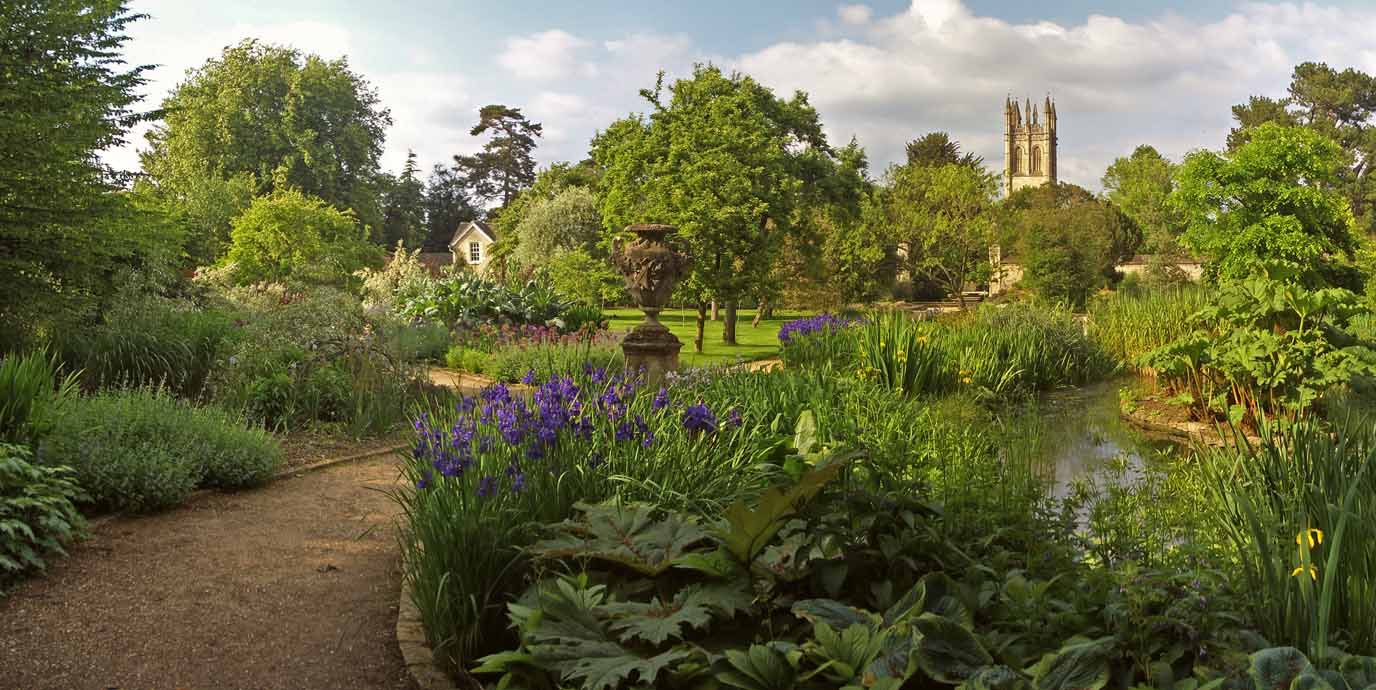
Nearest bus stop: The Plain (Oxford Botanic Gardens), Baldon Lane (Harcourt Arboretum/Nuneham Courtenay)
Founded in 1621 as a physic garden for medicinal research, Oxford Botanic Garden is the oldest botanic garden in Britain and one of the oldest scientific gardens in the world.
Located in the heart of Oxford, it spans 4.5 acres and is home to over 5,000 plant species. The garden is beautifully maintained, offering visitors the chance to walk among carefully curated borders, glasshouses, and themed gardens that showcase plants from around the globe. It’s a tranquil space ideal for gentle strolls, quiet reflection, and learning about plant diversity and conservation.
Just outside the city, the Harcourt Arboretum complements the garden with 130 acres of native woodland, wildflower meadows, and tree collections from around the world. Visitors can walk through British woodland alongside some of the oldest redwoods in the UK, making it a unique blend of local and global botany. The arboretum is especially popular in spring and autumn, when seasonal changes bring vibrant colour and wildlife activity.
Together, the Botanic Garden and Harcourt Arboretum offer a diverse way to experience an urban nature walk in Oxford through both scientific heritage and outdoor exploration.
Take a look at Harcourt Arboretum and the surrounding area to plot your next walk through the Oxfordshire countryside.
RSPB Otmoor Nature Reserve
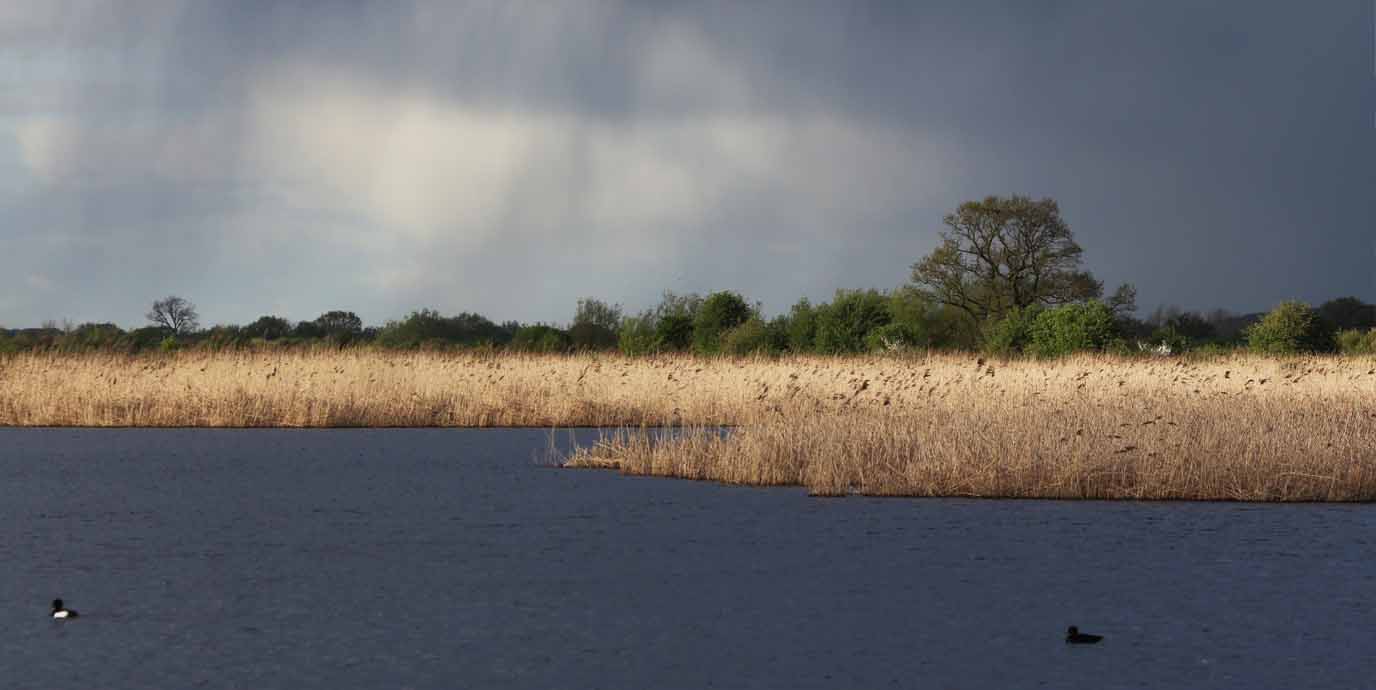
Nearest bus stop: The Abingdon Arms (Beckley)
Northeast of Oxford and easily accessible by public transport followed by a short walk, Otmoor Nature Reserve is a haven for wildlife in the heart of Oxfordshire.
Managed by the RSPB, it offers a rich wetland habitat that supports a wide variety of bird species, particularly wading birds such as lapwings, redshanks, and curlews. A large bird hide provides excellent opportunities for quiet observation, especially during migration seasons when the reserve becomes a hotspot for birdwatchers.
Visitors can explore the reserve via a well-marked trail that loops through reedbeds, wet grasslands, and open skies, offering a peaceful and immersive walking experience through Oxfordshire’s countryside. The landscape is ideal for spotting seasonal wildlife and enjoying the tranquillity of nature just outside the city.
Plan a route around Otmoor to explore the wetlands and surrounding areas. Be aware of the danger areas and observe any warnings during your visit.
Where can you find more nature walks in Oxford?
There are plenty more natural places to explore in and around Oxford. If you’re looking to discover more locations, consider planning your next adventure to a few lesser-known or smaller greenspaces such as:
- Chilswell Valley – stroll through a peaceful nature reserve with wooded trails and wildflower meadows perfect for a quiet countryside walk.
- Rivermead Nature Park – wander through a riverside green space ideal for relaxed strolls and spotting local wildlife.
- Cutteslowe and Sunnymead Park – adventure to a large family-friendly park with walking paths, gardens, and open fields for outdoor play.
- Iffley Meadows – take a moment at a tranquil floodplain meadow known for its spring wildflowers and gentle riverside walks.
- Music Meadow – pause in a quiet green space near the Thames, perfect for a reflective walk or picnic.
- South Park – relax at Oxford’s highest peak and gaze out across the historic spires and towers of the city
- The Kidneys – meander through a riverside nature reserve offering shaded paths and wildlife-rich wetlands for peaceful walking.
To uncover even more of what Edinburgh has to offer, take a look at our City Walks in Oxford guidebook. With 15 walks covering some of the most important historical locations, you can make the most of your next visit to the city.
Do you want to go a little further than Oxford for a walk?
Beyond Oxford, Oxfordshire has many more outdoor opportunities. If you’re looking to step from a city stroll into a countryside hike, prepare yourself and take a look at our suggestions for inspiration of where to go:
- The Cotswolds – experience the quintessential English countryside with walks through charming villages.
- Chilterns National Landscape – explore rolling hills, distant views, chalk grassland, and acres of woodland to explore of this Area of Outstanding Natural Beauty.
- North Wessex Downs National Landscape – venture through sweeping downlands and picture perfect villages.
- The Ridgeway – follow Britain’s oldest road.
